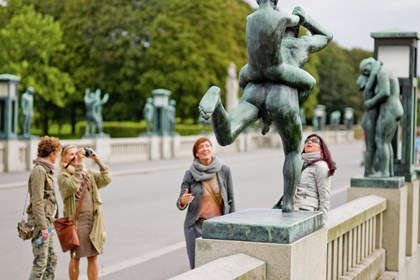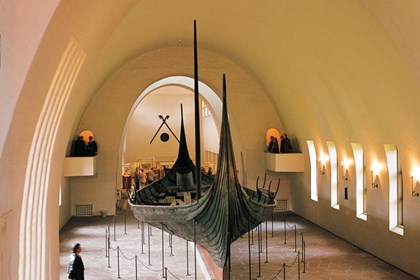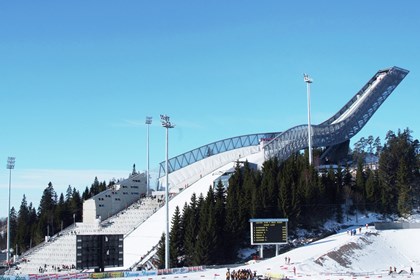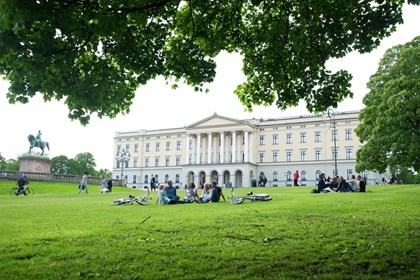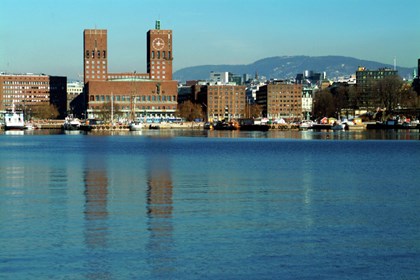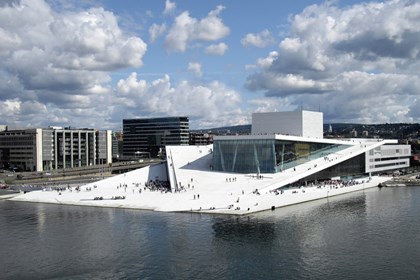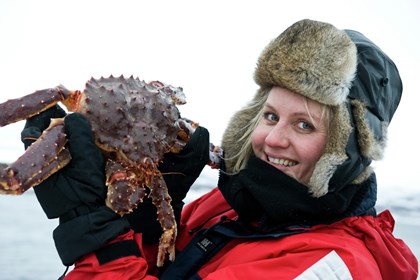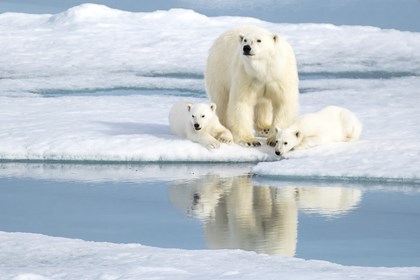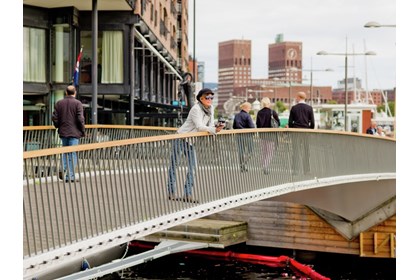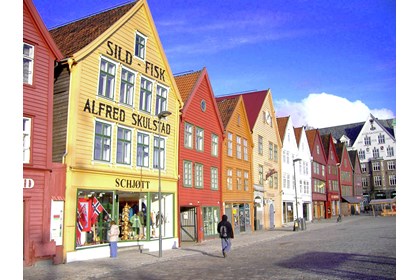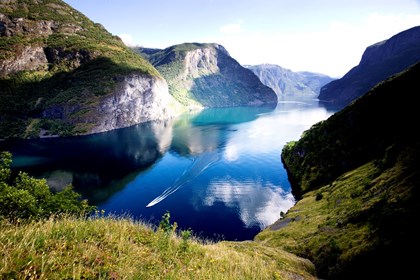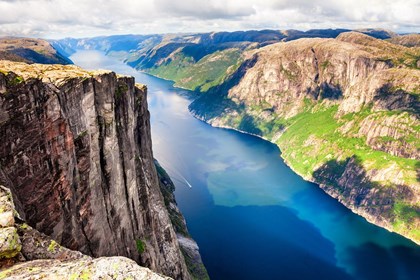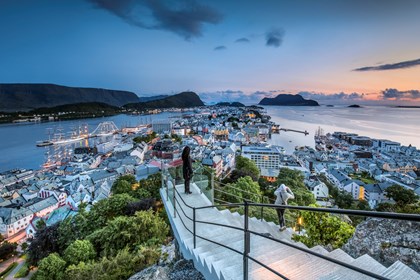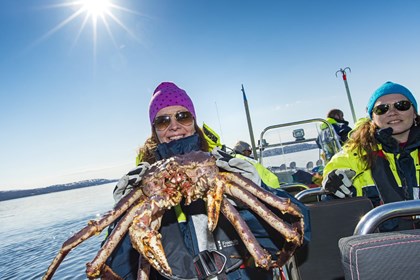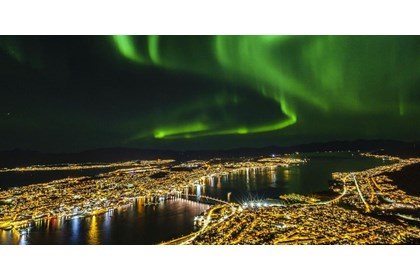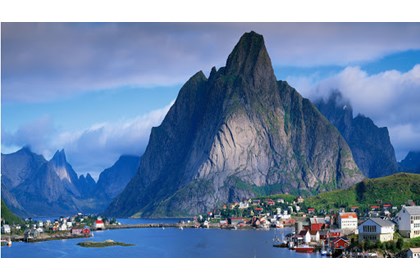a few words about Norway
Norway lies in the northern part of Scandinavia, bordering Sweden to the east, and in the northern region Finland to the south, and Russia to the east.
Norway is a very mountainous country, with many fjords sitting between them – seeing these in person is an amazing experience. With the many glaciers also in the mountainous regions, there are some breathtaking waterfalls to experience. Due to the large areas of uninhabitable land, the population density is very low. The country is slightly larger than Germany – however, at 5.25 million, the population is only a sixteenth of that of Germany. Due to the sparse population, the culture of the country has evolved very distinctly from other European countries – in that, there are far fewer grandiose palaces and castles, smaller agricultural areas, and quite long travel distances, relative to the size of the country.
Due to the little agriculture, Norway´s economy is largely based on resources like natural gas, oil, fish, timber, and the mining of minerals. Norway is one of the richest countries in the world, with a GDP (PPP) of $64.856. Unlike its Scandinavian cousins, Denmark and Sweden, Norway is not part of the European Union – however, it is very similar to Denmark and Sweden, in the sense that Norway has its own currency, Norwegian Kroner (NOK).
Norway has quite a mild climate, when comparing to other areas along the similar latitude – this is largely due to the Gulf Stream. However, upon venturing more inland, the climate can get harsher, with colder winters.
Due to the high latitude of Norway, the country experiences great variety in the amount of sunlight between seasons. In summer, areas north of the Arctic Circle experience sunlight around the clock, while the rest of the country averages 20 hours of sunlight. In winter, the sun never rises above the horizon in the northern areas, while the south experiences very short periods of daylight.
Like its Scandinavian cousins, Norway has a constitutional monarchy, which has no practical legislative powers – instead, the monarchy carries out official duties, and handles royal relations with other monarchies around the world.
The capital of Norway is Oslo, which is also the largest city, being inhabited by over 650.000 people in the city and surrounding suburbs. Both the government and the Parliament are located in Oslo, and so is the Royal Palace, which lies at the end of Karl Johans Street. Oslo is located at the end of the Oslofjord, and has an annual growth of over 15000 inhabitants – this makes it one of the fastest growing cities in Europe.
